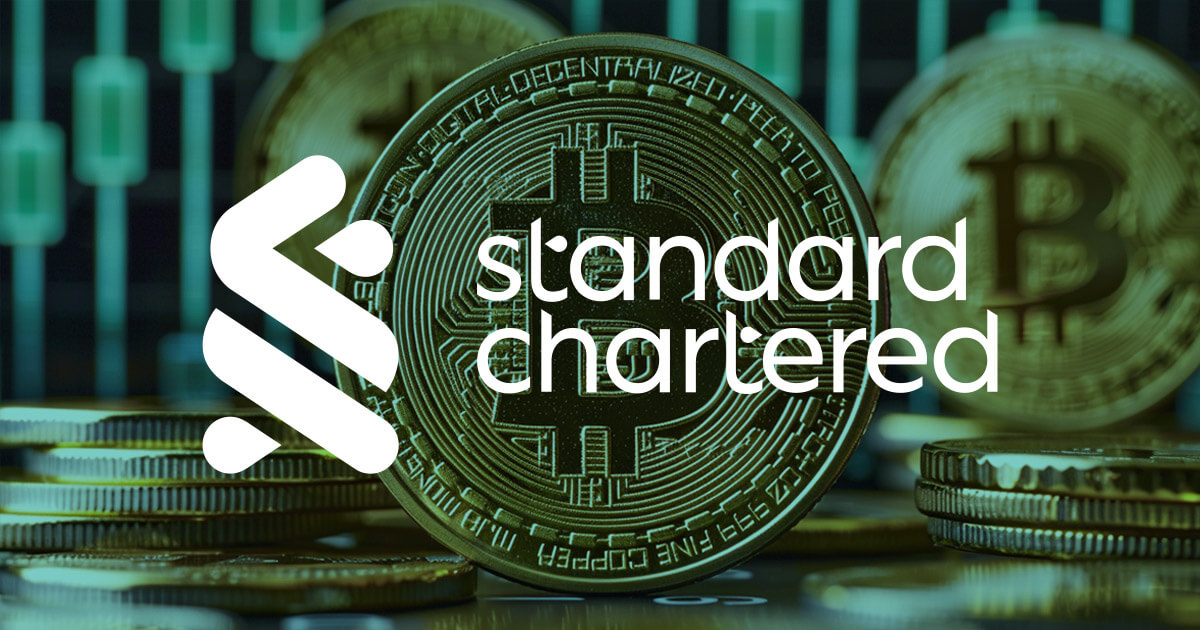
Standard Chartered said the recent Republican win in the US elections could serve as a major catalyst for digital assets, potentially driving their combined market cap from $2.5 trillion to $10 trillion by the end of 2026.
The bank’s latest report outlines how anticipated regulatory shifts under the new administration may pave the way for mainstream adoption of digital assets as policy changes and regulatory rollbacks foster a more favorable landscape.
StanChart’s head of global digital assets, Geoffrey Kendrick, identified several key factors that could influence this growth trajectory.
Repealing stifling rules
Standard Chartered anticipates that the administration’s early moves could include repealing SEC guidance known as SAB 121. This guidance has required crypto custodians to list digital assets as balance sheet liabilities, limiting their ability to offer custodial services.
Kendrick argued that eliminating SAB 121 could open doors for U.S. banks and institutional investors, allowing them to engage more freely in the digital asset market.
Stablecoins, which have emerged as an increasingly important part of the digital asset ecosystem, may also see significant benefits. The report highlighted recent legislative efforts to establish guardrails around stablecoin issuance, noting that a Republican-led administration could push these initiatives forward.
Standard Chartered sees this as a critical step for legitimizing the use of stablecoins in traditional finance applications, such as cross-border transactions and USD savings, potentially growing the stablecoin market cap to $1 trillion by 2026.
Bitcoin’s $200,000 trajectory
Bitcoin (BTC) is expected to remain a central asset in the digital space, with its price expected to rise to around $200,000 by 2025, driven by a combination of regulatory clarity and continued institutional inflows.
Since the approval of the US spot Bitcoin ETFs earlier this year, net inflows have reached approximately 400,000 BTC, or around $25 billion.
Standard Chartered believes these inflows could accelerate further as the ETF market matures, potentially optimizing investment portfolios with a more balanced allocation between Bitcoin and gold, according to the lender.
Beyond Bitcoin, the report projected that smart contract platforms and layer 2 blockchains, which facilitate decentralized applications and DeFi protocols, will gain value at a faster rate than Bitcoin over the coming years.
The sector currently represents roughly 25% of the total digital assets market cap and has the potential to grow to $2.5 trillion by 2025 as these platforms benefit from an expanding array of end-use applications.
According to the lender, Ethereum (ETH) and Solana (SOL) are particularly well-positioned to capture this growth, with Ethereum potentially reaching $10,000 by the same timeline.
Extended ‘Crypto Summer’
The report further outlined growth potential in emerging sectors such as DeFi and decentralized physical infrastructure networks (DePin), predicting that DeFi could increase its share of the market to around $700 billion by 2026 as regulatory barriers are removed.
Additionally, categories like gaming, tokenization, and consumer-focused decentralized social networks are projected to expand, contributing to an “other” category that could reach a market cap of $1.5 trillion by 2026.
Overall, Standard Chartered’s outlook highlights the potential for a wide-ranging “crypto summer” period, marked by both increased valuations for existing assets and the emergence of new sub-sectors.
The bank attributes this anticipated growth to a combination of favorable policy changes, rising institutional interest, and the maturation of various blockchain use cases.
If the predicted regulatory environment materializes, Standard Chartered sees digital assets positioned for a significant rise in mainstream adoption and market capitalization over the next two years.
